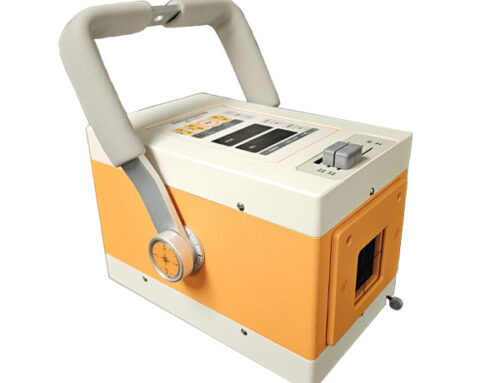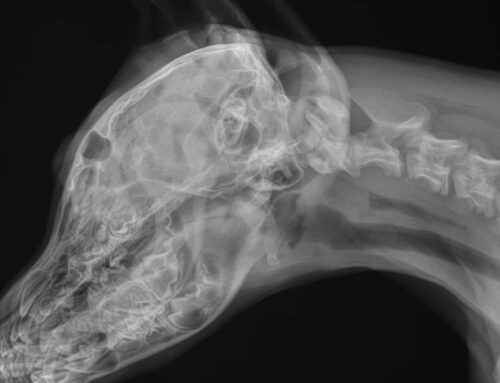In our first installment, we spoke chiefly about the financial benefits a great equine vet technician can bring to the animal care practice. Let’s move on to the value that this position can bring to your skills, client relationships, and overall practice betterment.
Make the most of your skills
Many states recognize a list of specific tasks that technicians may perform. Hiring a technician to perform them in your practice is a great way to increase both efficiency and revenue. Whether you’re at a breeder’s stable or visiting a barn with a single horse, there are many ways a technician can assist with:
- collecting, processing, and reading samples. Having a microscope in your truck allows the tech to move things along while you attend to the animal or meet with the owner.
- prepping and administering vaccines. TIP: Mix a few, especially intranasal vaccines, before hand if you want to improve your productivity.
- preparing and labeling medications
- dispensing dewormers
- preparing and cleaning dental equipment
- restraining the patient, if necessary
- assisting with radiographs. A properly certified technician can manage this entire process
Limit your liability—or hang yourself out to dry
Veterinary procedures can be dangerous, and many small-animal practitioners have developed ways to reduce or eliminate client exposure; often with the help of their staff. Equine clients are often the most qualified to assist; but are sometimes unavailable at the time of the visit. A well-trained technician can help keep clients out of harm’s way during many procedures as well as assuming tasks and responsibilities—allowing the client to listen to your assessment and answer questions relating to the patient.
Financial benefit—yes, again
It’s no secret that the doctor often shrinks from collecting payment. Vet technician to the rescue!
The ride-along tech can impact an equine visit most at the end, during that invoicing process. No matter what system you use—hand-written travel sheets, computer printouts, or a direct link to practice management software—a trained staff member can enter the fees on your behalf to ensure that another set of eyes is involved with connecting each service to a fee. A technician can deliver and collect on the invoice, distance you from the fee end of the visit and allow you the time to focus on patient care and compassion. Let the staff be associated with payment for services—you are the compassionate expert in all things medical.
Decide to delegate
The veterinarian’s work doesn’t end when the visits is completed—why not capitalize on the skills of your ride-along partner? A ride-along team member can:
- Return non-urgent, staff-level calls to clients
- Call in prescriptions on your behalf
- Enter medical notes/log drugs into the patient record
- Process credit card payments
- Keep the practice vehicle organized and free of clutter
- Perform an inventory of the vehicle, manage expiration dates, order supplies, and restock. Inventory is directly related to profitability; mismanagement can severely hurt your practice.
- Schedule appointments, or interact with the office
- Perform a vehicular “deep cleaning” that will reflect your professionalism
- Manage and schedule appropriate vehicle servicing
- Help to navigate to the next appointment
The vet who hires a first-class technician will quickly see the benefits to improved patient care and a stronger bottom line. Some aspects, an overlooked charge perhaps, represent a tangible return on investment. Less concrete will be the improvement to the professionalism of your visits. In any case, a ride-along veterinary technician is the logical addition to the stand-alone equine practitioner. Unless you can figure out how to clone yourself, of course.






